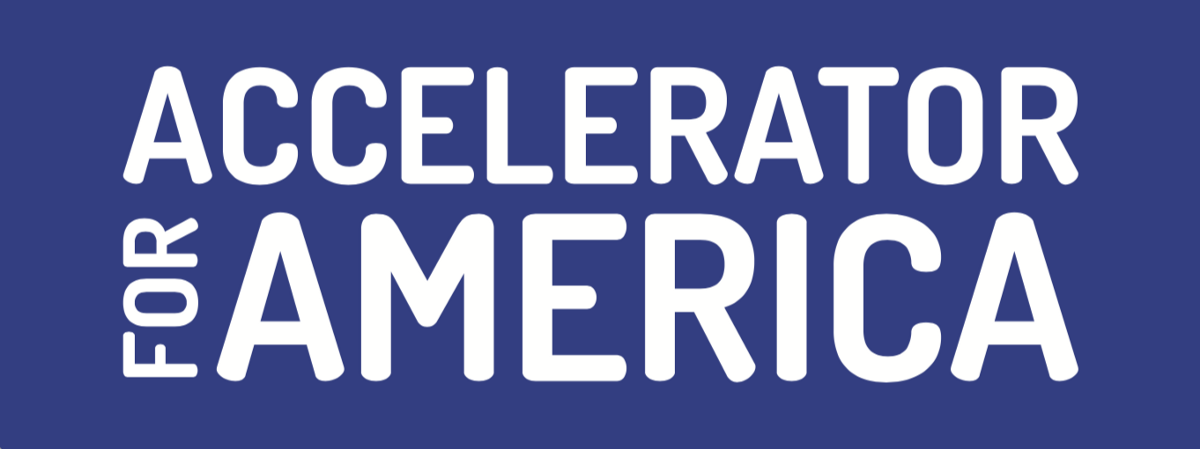General President Douglas McCarron: High-skilled Professionals Pouring Concrete? You Bet.
When I read construction industry journals and talk with contractors and owners, the buzz is all about a looming worker shortage. In fact, many jobsites already are short-staffed, but I contend that the real trouble isn’t a worker shortage—it is a skilled worker shortage.
Real training is the answer. But let’s back up and talk about what is driving the demand for highly skilled construction workers.
Baby boom retirements are part of it. So is the near-unanimous push for infrastructure improvement programs that will boost the construction industry and keep building trades craftsmen and women working. Equally important, an up-to-date infrastructure means less traffic, better energy systems, improved ports and waterways and modernized airports. It means a more competitive economy for all businesses, and everyone wants that.
Despite the dysfunction in Washington, D.C., state and local efforts are finally gaining traction. Measure M in Los Angeles is a prominent example—and with leaders like Mayor Garcetti and others who are part of the Accelerator for America movement, states and cities can make a difference sooner rather than later.
When done right, like in Los Angeles, the new development that often accompanies infrastructure improvement helps communities by including features like mixed-use high-rise construction and higher density near transit.
A vastly more technology-minded construction industry also drives the need for higher skills. From layout to lathing; floor-covering to finish work, the book-knowledge, tools and what we used to call “manual-arts” skills that usher in ever-greater productivity require more sophisticated training than ever.
Our workers need to be up to the task or they won’t get the work.
Within the United Brotherhood of Carpenters (UBC) , we poll our members to learn what they like about being a union member. Topping the list is access to training and the safer worksites that training ensures. Without it they don’t see their craft as a career. Younger workers want to see a way to advance when they start working. Without real skills training that path forward is closed to them.
Over the decades a variety of forces resulted in tried-and-true union apprenticeship programs being forced out of many markets. Short-sighted contractors and developers often chose profit over the long-term welfare of the industry as they drove down wages and eliminated benefits.
As unions, we must take our fair share of the blame for this. During the post-World War II boom work was good, wages were sufficient to cover the cost of living and too many union leaders and members took it for granted. They didn’t do what was necessary to work with employers and elected officials to maintain what they had.
The result was lower union presence, lower wages and a lack of quality skills training for apprentices and journey-level carpenters. Skilled workers left those markets to seek better wages, and training programs withered.
I believe our college-or-bust K-12 education system has also failed us. Vocational training has nearly died for lack of resources in many places, and generations of school kids have had almost no exposure to the trades and the pride that comes with working with your hands. Not everyone wants to go to college, nor should they. Not when there are good, portable debt-free options available to them in the building trades.
For our part, the UBC has re-dedicated our union to creating a 21st century workforce for the construction industry. We work with elected officials on both sides of the aisle to require registered apprenticeship programs, with demonstrable graduation rates, on public projects. That is one of the ways we help maintain a quality system for training workers.
And in 2001 we opened our state-of-the-art International Training Center in Las Vegas as the hub for our training programs that spend more than $200 million a year at over 200 regional facilities across North America. Our four-year apprenticeship programs create well-rounded journey-level professionals, ready to deploy on the most sophisticated worksites imaginable.
UBC apprentices learn from the start that staying marketable for the industry means keeping certifications current and constantly upgrading their skills. Our journey-level programs allow them to do that, and our leadership education curriculum equips them to instill an attitude of professionalism and productivity on the jobsite while mentoring those with less experience. We even have our own high school introductory program, Career Connections, to rekindle interest in construction at that level.
I represent the UBC on the Accelerator for America advisory council because our union believes in A4A’s vision for the future. We feel our commitment to excellence fits well with that vision, and we’re proud to be a part of it.
Doug McCarron has served since 1995 as General President of the United Brotherhood of Carpenters, representing some 500,000 building trades and forest products workers throughout the U.S. and Canada. Referred to by Business Week as a “new breed of labor leader,” McCarron has worked closely with other construction industry leaders to encourage national cooperation to create jobs in a rapidly changing economy.
McCarron implemented the most extensive restructuring in the union’s more than 135-year history, moving the organization to a regional structure that matches modern construction markets. He and his leadership team were re-elected to five-year terms in 2000, 2005, 2010 and most recently in 2015.

